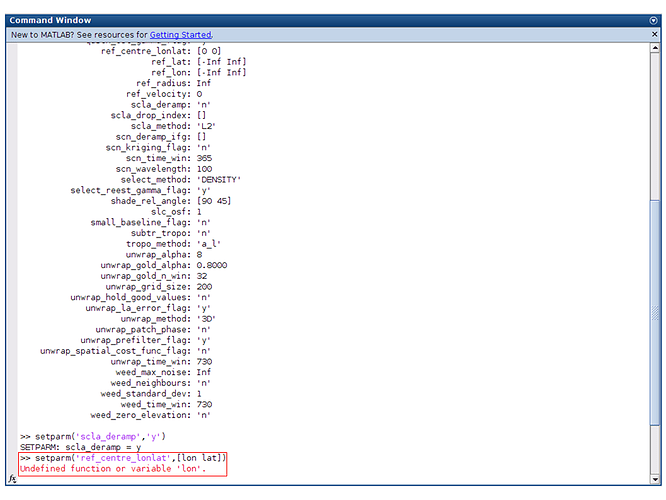


Tobacco products, alcohol, and household products like aluminum foil or laundry detergent cannot be purchased with benefits. There are some restrictions as to what can be purchased through SNAP. Image by North Carolina National Guard licensed under Creative Commons. National Guard and other volunteers distributing food at a food bank in Fayetteville, NC. The benefits can be used at most grocery stores and at convenience stores like 7-Eleven and CVS, to purchase food items such as meat and poultry, fruits and vegetables, breads and cereals, and some snacks. SNAP benefits are loaded onto an electronic benefit transfer (EBT) card, which is similar to an ATM card. For context, that’s about one in 9 or 12% of the US population.įood assistance programs have been around in the US, in one capacity or another, since 1939, according to FNS. Regionally, it serves more than 94,000 DC residents, 619,000 Maryland residents, and 705,000 residents in Virginia. Nearly 40 million people in the US use SNAP, according to data from the Center on Budget and Policy Priorities. To be eligible for SNAP people must usually be unemployed, working for low wage or working part-time, receiving welfare or another form of public assistance, be elderly, disabled and are low income, or are experiencing homelessness.

The program is managed by the Food and Nutrition Service (FNS), an agency of the United States Department of Agriculture (USDA). Formerly known as the food stamp program, it is the principal anti-hunger program in the United States. The Supplemental Nutrition Assistance Program, (SNAP) provides nutrition benefits to people so they can purchase food. To answer that question we have to first understand, what is SNAP, anyway? In a time when a simple activity for many people, like purchasing groceries, is made more complicated by the coronavirus pandemic, social distancing, and safety concerns, people participating in public food assistance programs, like SNAP, can’t even purchase hot meals. As people look for safer options to get food, however, one segment of the population remains limited in their choices. Sit-down restaurants and other eateries have found innovative ways to keep serving food to patrons, while local leaders are supporting these efforts by developing new regulations that allow for outside dining and the delivery of alcohol. On May 29, many restaurants reopened their doors, patios, and parking lots to customers. A restaurant in DC that is open for dine in meals.


 0 kommentar(er)
0 kommentar(er)
